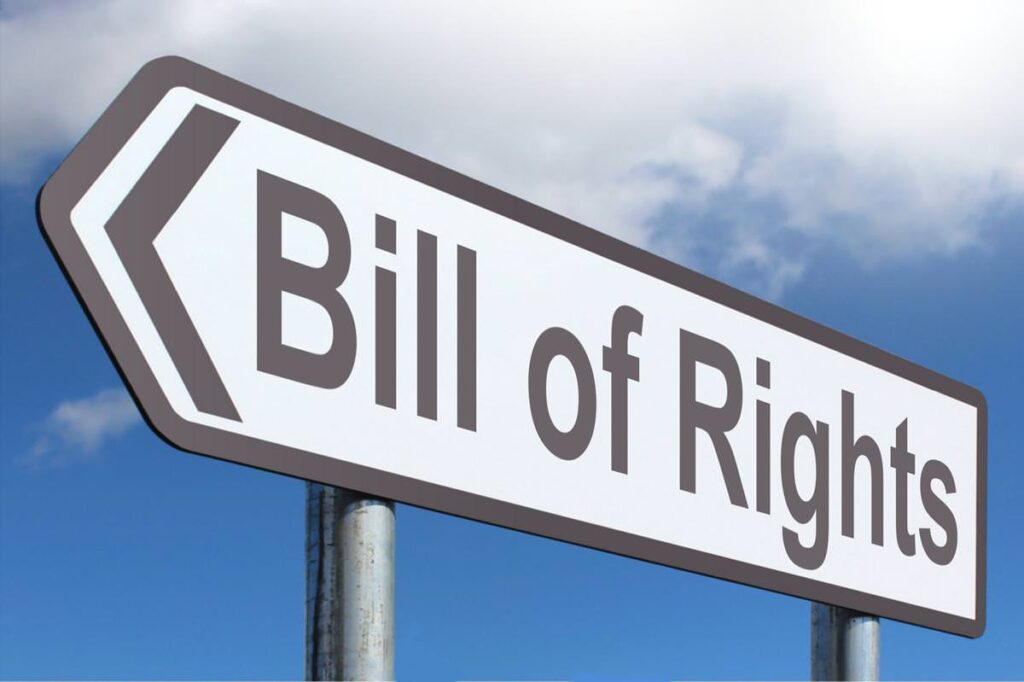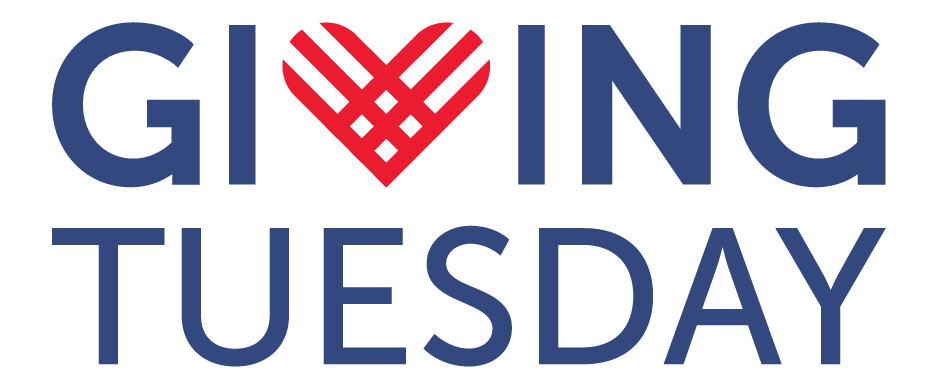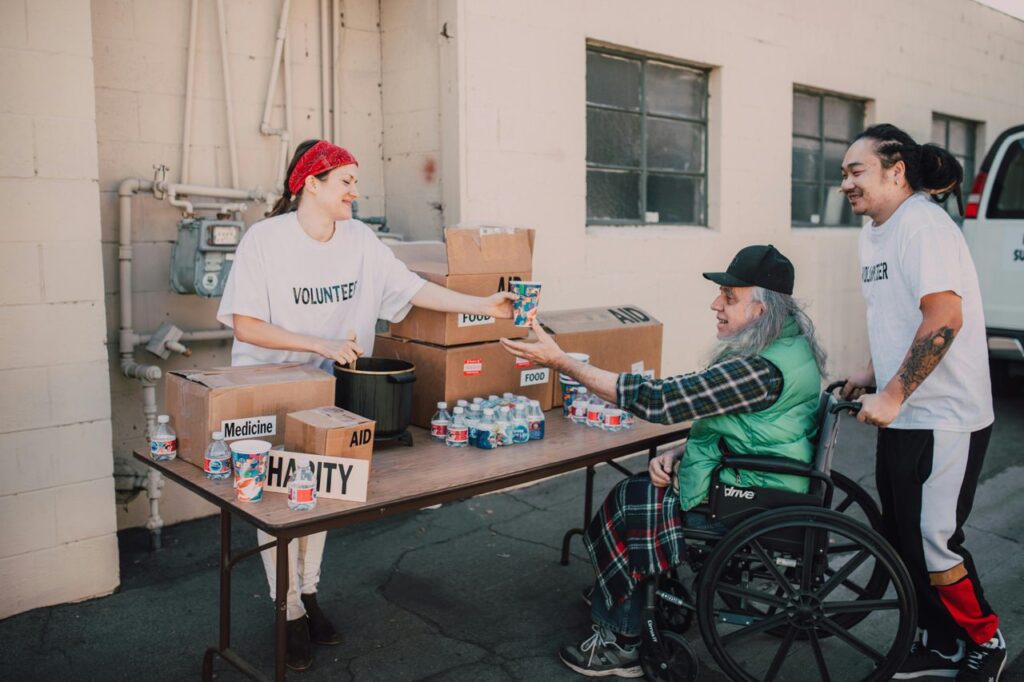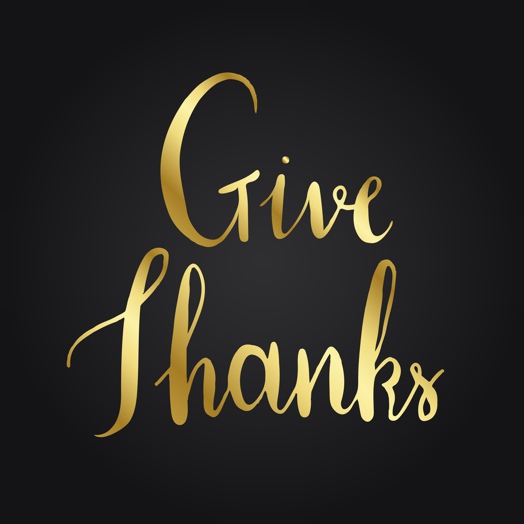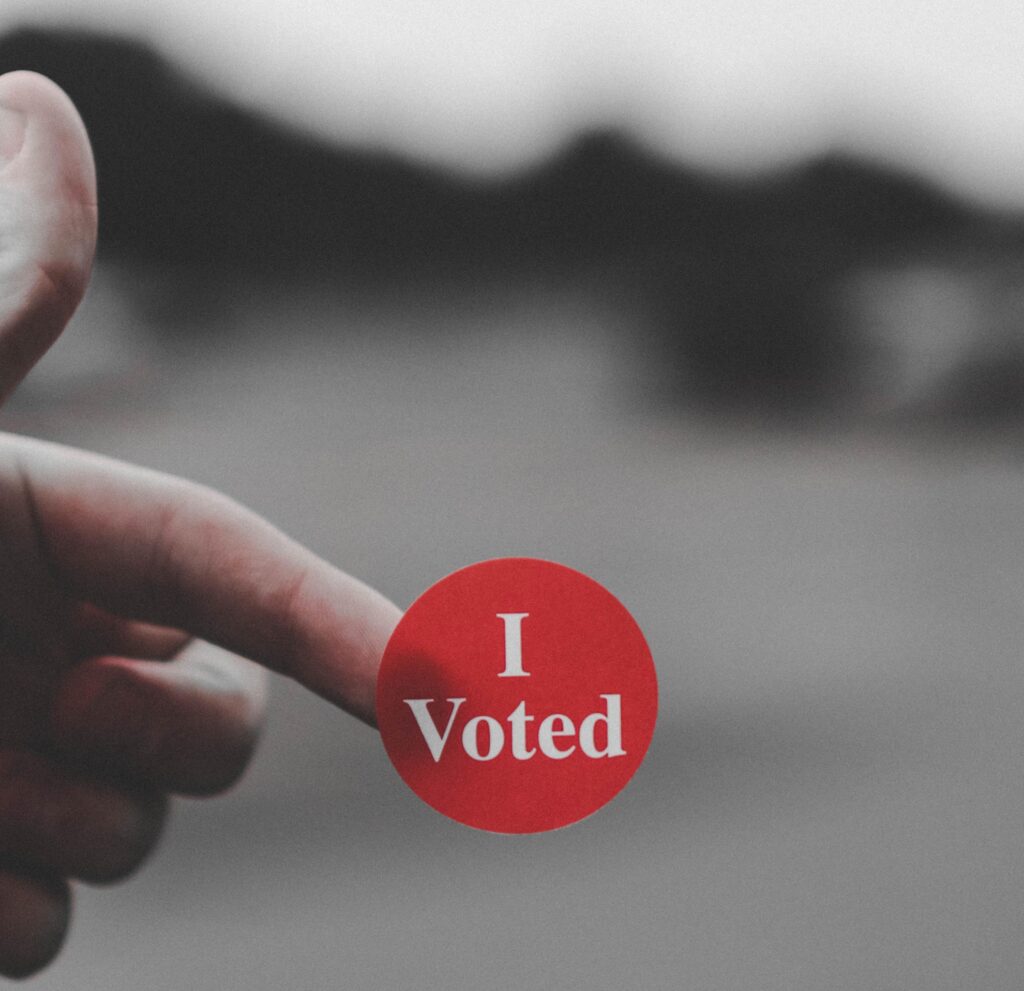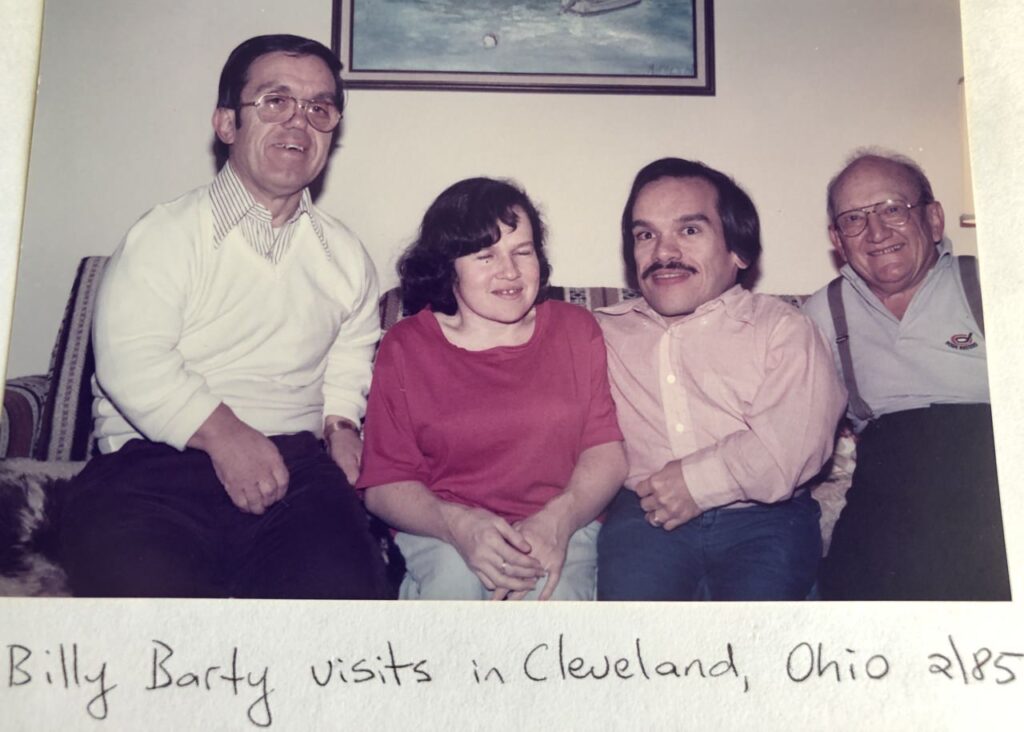
“What do you mean my scooter must fly on a different plane from me? No, I have rights!” Many of my rights are documented in the 232 year-old Bill of Rights amending the United States Constitution. But more pertinent to my right to travel on the same plane as my scooter is the 18 month old Airline Passengers with Disabilities Bill of Rights. This bill codifies fundamental rights created by the Air Carrier Access Act directing airlines from the United States, foreign airlines operating in the U.S., and airline service contractors to honor passenger rights to:
Want to subscribe to receive blog updates sign up today!
- Dignity and Respect
Although passengers shouldn’t be forced to accept special services or subjected to restrictions not imposed on other passengers, asking for early check-in, advanced notice or documentation, or pre-boarding to receive certain disability-related services is permitted.
2. Information About Available Services and Aircraft Capabilities and Limitations
The information must be specific to the aircraft scheduled for the flight, unless unfeasible, and include accommodation limitations involving level-entry boarding, aircraft storage, and accessible lavatories, for example.
3. Information in an Accessible Format
Aircraft size, passenger counts, and installation dates affect access requirements for websites and automated kiosks. Passengers who identify as needing visual or hearing assistance must receive prompt access to the same trip information as other passengers.
4. Accessible Airport Facilities
An accessible route between the gate and aircraft boarding location is required. When level-entry boarding is unavailable, ramps or mechanical lifts must service most flights. Service animal airport relief areas are also required.
5. Assistance at Airports
Trained airline personnel must provide timely enplaning and deplaning help using wheelchairs, accessible motorized carts, and ramps or lifts to move to and from the curb to departing or arriving flights, between gates, and to baggage claim or a restroom entrance.
6. Assistance on the Aircraft
If passengers self-identify as needing additional time or assistance to board, stow accessibility equipment, or be seated they must be allowed to board before all other passengers. On board help includes moving to and from seats or the lavatory and stowing and retrieving carry-on items.
7. Travel with an Assistive Device or Service Animal
Assistive devices typically count as free cabin carry-ons. Wheelchairs must be transported subject to safety, security, and size requirements. Compensation is required for lost, damaged, or destroyed wheelchairs or assistive devices. Service dogs may accompany passengers unless exceptions apply.
8. Seating Accommodations
Seats with a movable aisle armrest, space for a service animal, more leg room, or adjoining a personal care assistant must be given to passengers who identify to airline personnel if the seat exists on the same class of service.
9. Accessible Aircraft Features
New aircraft delivered after designated dates must comply with standards for movable aisle armrests, priority in-cabin wheelchair stowage space, accessible lavatories, and on-board wheelchairs.
10. Resolution of Disability-Related Issue
An expert Complaint Resolution Official must be available to resolve disability-related issues, including on the spot decisions. Passenger complaint procedures are outlined for airlines and applicable federal agencies.
You may also want to read:
- “Airline Passengers with Disabilities Bill of Rights.” United States Department of Transportation. July 26, 2022. https://www.transportation.gov/airconsumer/disabilitybillofrights
- Angela Muir Van Etten. “Air Travel Shocks.” Blog post. November 14, 2022. https://angelamuirvanetten.com/air-travel-shocks/
- Angela Muir Van Etten. “Add Teeth Not Candles for Birthday of Air Carrier Access Act.” Blog post. October 3, 2022. https://angelamuirvanetten.com/air-carrier-access-act/
- Angela Muir Van Etten. “Tired of Waiting In Airports?” Blog post. March 1, 2021. https://angelamuirvanetten.com/tired-of-waiting-in-airports/
- Angela Muir Van Etten. “Which Animals Fly for Free?” Blog post. January 11, 2021. https://angelamuirvanetten.com/which-animals-fly-for-free/

